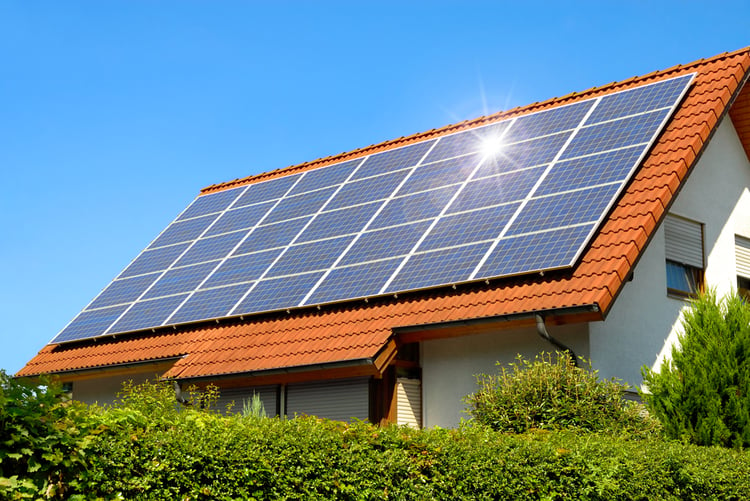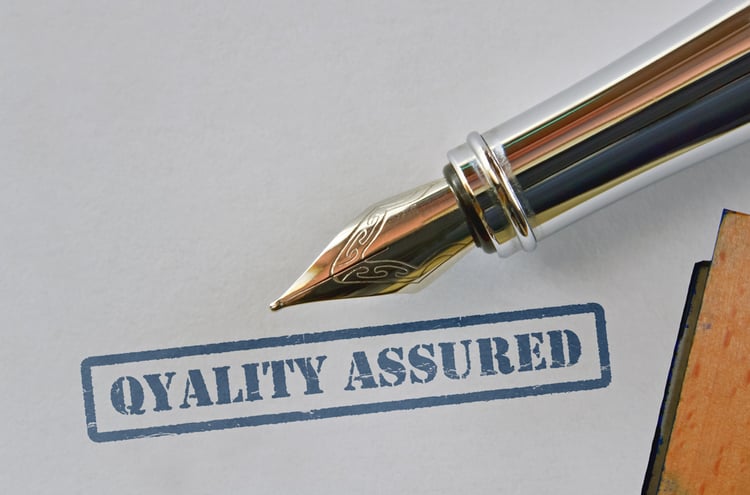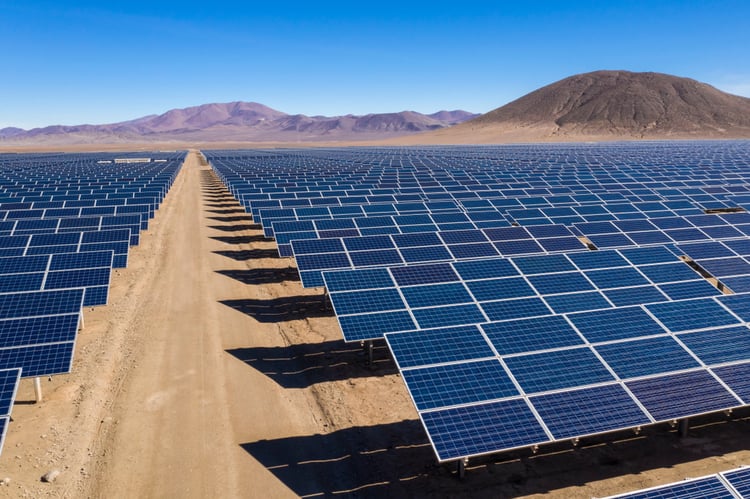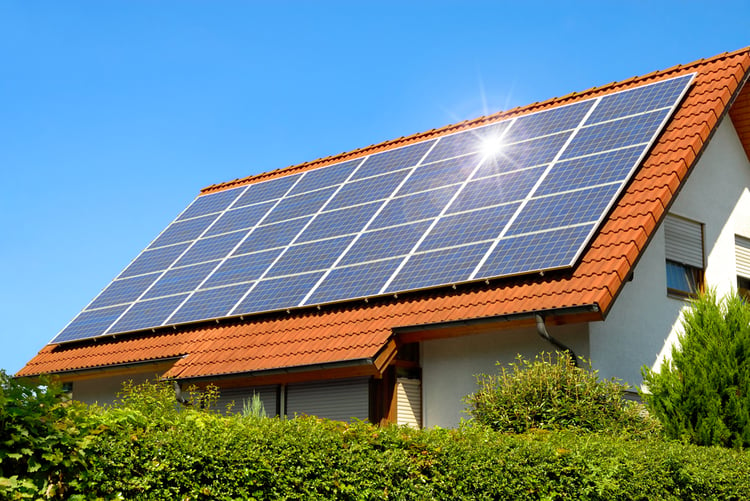Solar panels are currently receiving a lot of hype, but this is justified by their performance and return on investment. Solar power is the fastest growing source of electricity in the US as of 2021, followed closely by wind power and ahead of all fossil fuels. In fact, many states have been retiring their coal fleets in recent years.
The federal solar tax credit will remain available at the current 26% value until the end of 2022 unless Congress decides to extend it again. Home and business owners will still be able to claim a 22% benefit in 2023, and there will only be a 10% tax credit for businesses starting in 2024. Installed solar capacity in the US has already surpassed the 100 GW mark and could reach 250 GW until 2026.
Reduce your energy bills and your building's carbon footprint with solar energy.
If you're interested in solar energy for your home or business, you may be wondering which solar panels to use. Fortunately, there are many excellent brands on the market and you can't go wrong if you hire a NABCEP accredited PV installation company . However, it is useful to know the main specifications of solar panels when comparing them.
1) Understanding the Power Rating of Solar Panels

The power of a solar panel is the output of electricity produced under standard test conditions: solar cell temperature of 25°C, solar irradiance of 1,000 watts per square meter, and 1.5 air masses.
(As a side note, air mass describes the distance traveled by sunlight, between the point where it enters Earth's atmosphere and the location of the solar panel. This depends on the sun's position in the sky, which in turn depends on its geographic location and time of day.)
Keep in mind that the rated power of solar panels is measured under controlled laboratory conditions. A rooftop installation receives maximum sunlight only for a few hours around noon, and the actual wattage will differ from the nameplate value. However, solar panels with higher power will produce more kilowatt-hours per year.
The efficiency of solar panels describes how much sunlight is converted into electricity. For example, if a solar panel has an area of 1.6 m2 and the solar irradiation is 1,000 W/m2, it receives 1,600 W of sunlight. If the electricity production is 355 W under these conditions, the solar panel will be 22% efficient. The best polycrystalline panels have typical efficiency values close to 17%, while the best monocrystalline panels are now above 22%.
Solar panel efficiency ratings may seem low, but remember you are using a free energy input that produces no emissions . Power plants powered by fossil fuels are technically “more efficient” than solar panels, but their energy inputs come at a cost in producing emissions.
2) Solar Panel Warranties

Solar panel manufacturers offer two types of warranties, a product warranty and a power output warranty, each with a different coverage period. Having a solid warranty is important, as it guarantees a free replacement if any of your panels fail prematurely. However, getting professional installation is equally important, otherwise your warranty may be void.
The product warranty is like any other warranty you get with electronic devices. If any of your solar panels malfunction within the coverage period, the manufacturer will provide free replacements. A 10- to 12-year product warranty is standard in the solar industry, but you can get warranties of up to 25 years depending on the make and model.
The power output warranty is also known as the performance warranty and is a little more complex than the product warranty. However, it can be summarized in the following points:
- Solar panels degrade over time like any product, and their electricity production slowly decreases. Leading manufacturers typically specify a degradation of 2-3% in the first year and then 0.50% or less per year thereafter.
- Let's assume that the specifications of your solar panels indicate a loss of 3% in the first year and then 0.50% per year. They will have at least 92.5% of their initial capacity after 10 years and 85% of their initial capacity after 25 years.
- If your solar panels degrade faster than the specified rate, the power output warranty will apply and you may be able to obtain replacements.
Solar panel manufacturers typically offer a 25- to 30-year energy production warranty. Using the example above, this warranty would apply if your solar panels dropped to 85% capacity after 10 years, as they should still be at 92.5% of their initial capacity according to specifications. However, the warranty claim would not apply if the solar panels still have 93% capacity after 10 years, as this is above the specified value.
3) Solar panel temperature coefficient

As the temperature of solar cells increases, their electricity production decreases. However, this effect is not the same among all brands and models. To get an idea of how temperature will affect your solar panels, you can look for the temperature coefficient, which is measured in percentage loss per degree Celsius. Keep in mind that the temperature rise is calculated relative to 25°C, which is part of the Standard Test Conditions.
For example, a solar panel with a temperature coefficient of -0.50% per °C would lose 10% productivity with a temperature increase of 20°C. However, a solar panel with a coefficient of -0.26% per °C loses only 5.2% of its productivity with the same increase in temperature.
Conclusion
There are many high-quality solar brands on the market, as mentioned above, and you can get excellent results with any of them. However, there are still cases where you will want to focus on certain performance metrics.
- Solar panels with high power and efficiency are recommended when you have limited space as they will generate more electricity using the available area.
- If you live in a hot climate, look for solar panels with a low temperature coefficient to mitigate the effects of heat.
Regarding warranties, you should look for at least a 10-year product warranty and a 25-year performance warranty as this is considered the industry standard. However, many brands offer even better warranty conditions.

